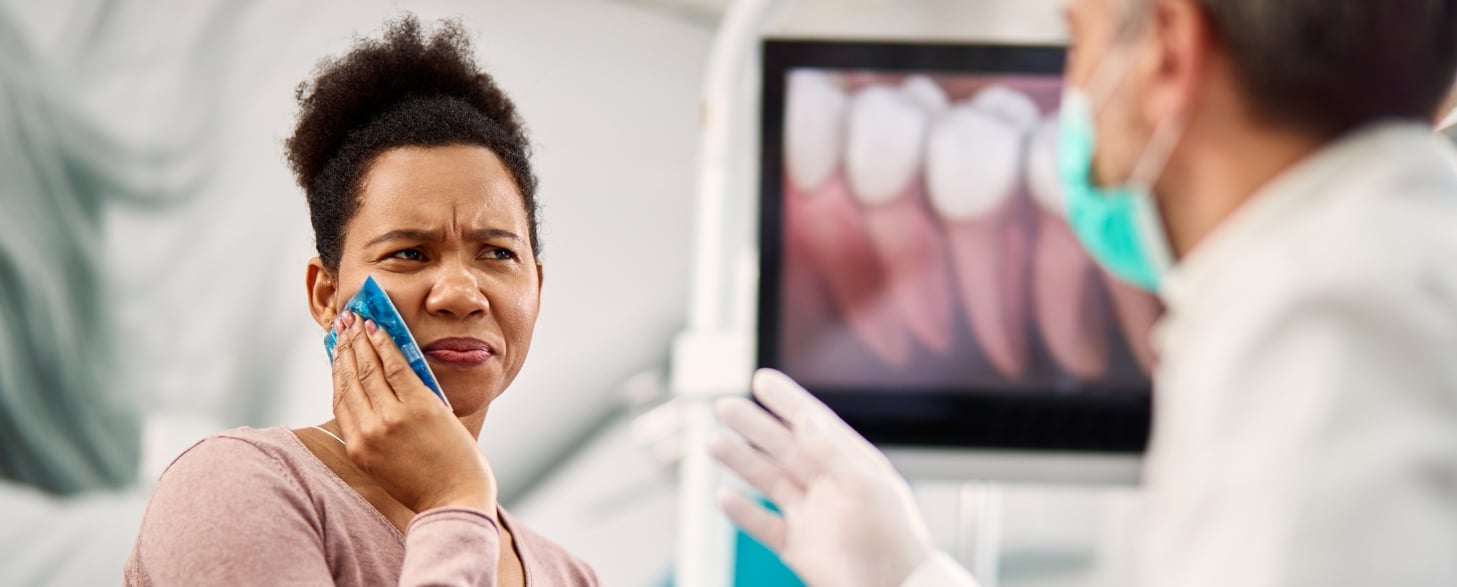Why Are My Gums Bleeding?
San Antonio, TX

Your gums should not bleed when you brush or floss. If they do, it’s your body waving a red flag. Many people ignore this warning sign, believing they simply brushed too hard or used the wrong toothpaste. Come on—healthy gums don’t bleed that easily. So, why are your gums bleeding, and what can you do about it?
1. Gum Health: The Silent Alarm
Bleeding gums don’t just happen overnight. It’s usually the result of neglect, poor habits, or underlying health issues. Here’s what could be causing it:
- Plaque build-up – The longer plaque resides on teeth, the more bacteria penetrate your gums.
- Gingivitis – The initial stage of gum disease, which results in redness, swelling, and bleeding.
- Periodontal disease – Unchecked gingivitis leads to a full-blown bone and tissue infection.
- Vitamin deficiencies – A deficiency in vitamin C or K can lead to gum problems.
- Hormonal changes – Menopause and pregnancy cause gums to become hypersensitive.
- Medications – Certain prescriptions and blood thinners increase bleeding.
- Medical conditions – Blood disorders, diabetes, and immune system diseases impact the gums.
- Aggressive brushing – Brushing too hard or using a hard-bristled toothbrush can damage your gums.
Bleeding gums can lead to complications if neglected. The longer, the harder it is to get back.
2. Why Bleeding Gums Are Connected to Periodontal Disease
Bleeding gums typically signal the onset of periodontal disease. It’s not a disease of the mouth—it’s a disease of your entire body. Bacteria from infected gums enter your bloodstream, increasing your risk for heart disease, diabetes complications, and even respiratory disease.
When gum disease advances, pockets of bacteria form between your gums and teeth, worsening the infection. Over time, this can lead to tooth loss and permanent damage.
3. How to Prevent Bleeding Gums
Early treatment prevents damage. Here’s what to do:
- Improve your oral hygiene – Brush your teeth at least twice a day with a soft-bristled toothbrush and fluoride toothpaste.
- Floss correctly – A gentle back-and-forth movement removes plaque without harming gums.
- Swish with an antibacterial mouthwash – This kills bacteria and reduces swelling.
- Gum-nourishing foods are consumed – Leafy greens, milk, and crunchy vegetables promote healthy gums.
- Drink water – Water flushes away bacteria and food particles.
- See your dentist regularly – Plaque and tartar are eliminated by professional cleanings.
If your gums still bleed after these changes, you need to go see an emergency dentist in San Antonio.
4. When to Visit a Dentist
Bleeding gums are no joke. When bleeding continues, you have bad breath, or receding gums, you must visit the dentist. Your dentist will assess how bad it is, whether to recommend treatments, and how to prevent further damage from happening.
There are instances when scaling and root planing deep cleaning treatments are required to remove bacteria beneath the gumline. If periodontal disease is advanced, more invasive treatments may be required to regain gum health.
5. Prevention: The Best Cure
Healthy gums do not bleed. If you gums bleed, take it as a warning. With proper care, you can prevent gum disease before it starts.
- Follow a good oral hygiene routine.
- Eat a well-balanced diet that is high in vitamins and minerals.
- Control stress, as it compromises your immune system.
- Quit smoking—tobacco makes gum conditions worse.
- Have regular dental checkups.
Bleeding gums might seem harmless, but they typically represent larger health concerns. If neglected, they can lead to periodontal disease, tooth loss, and other problems. Recognition of this early warning sign helps to keep your smile and health intact.
If your gums are bleeding, don’t wait. Make the adjustments right away, and if this continues, consult a professional. Your body—and your gums—will thank you.



